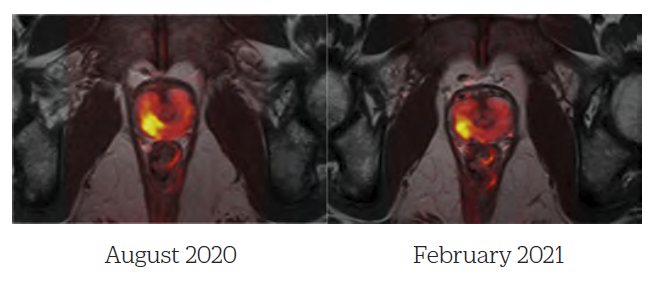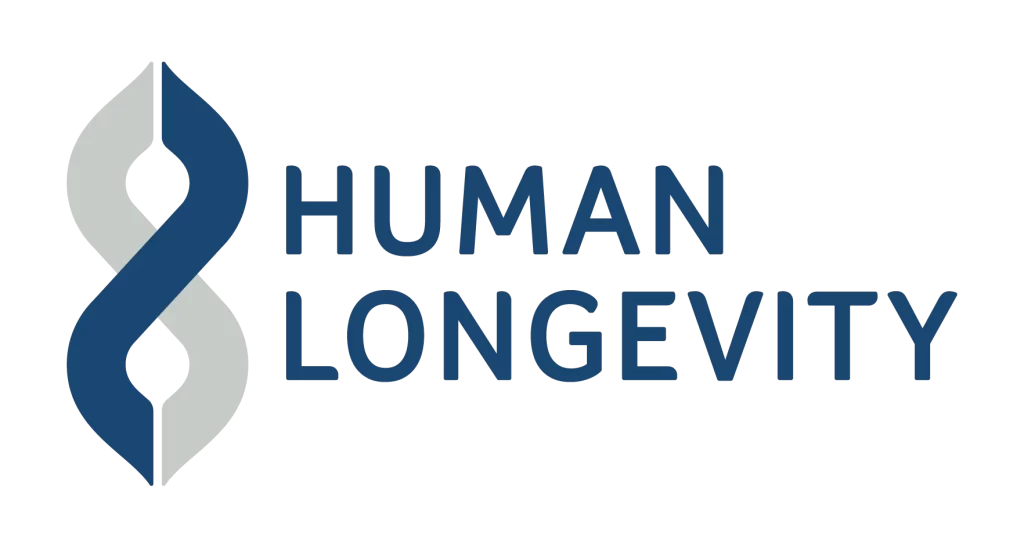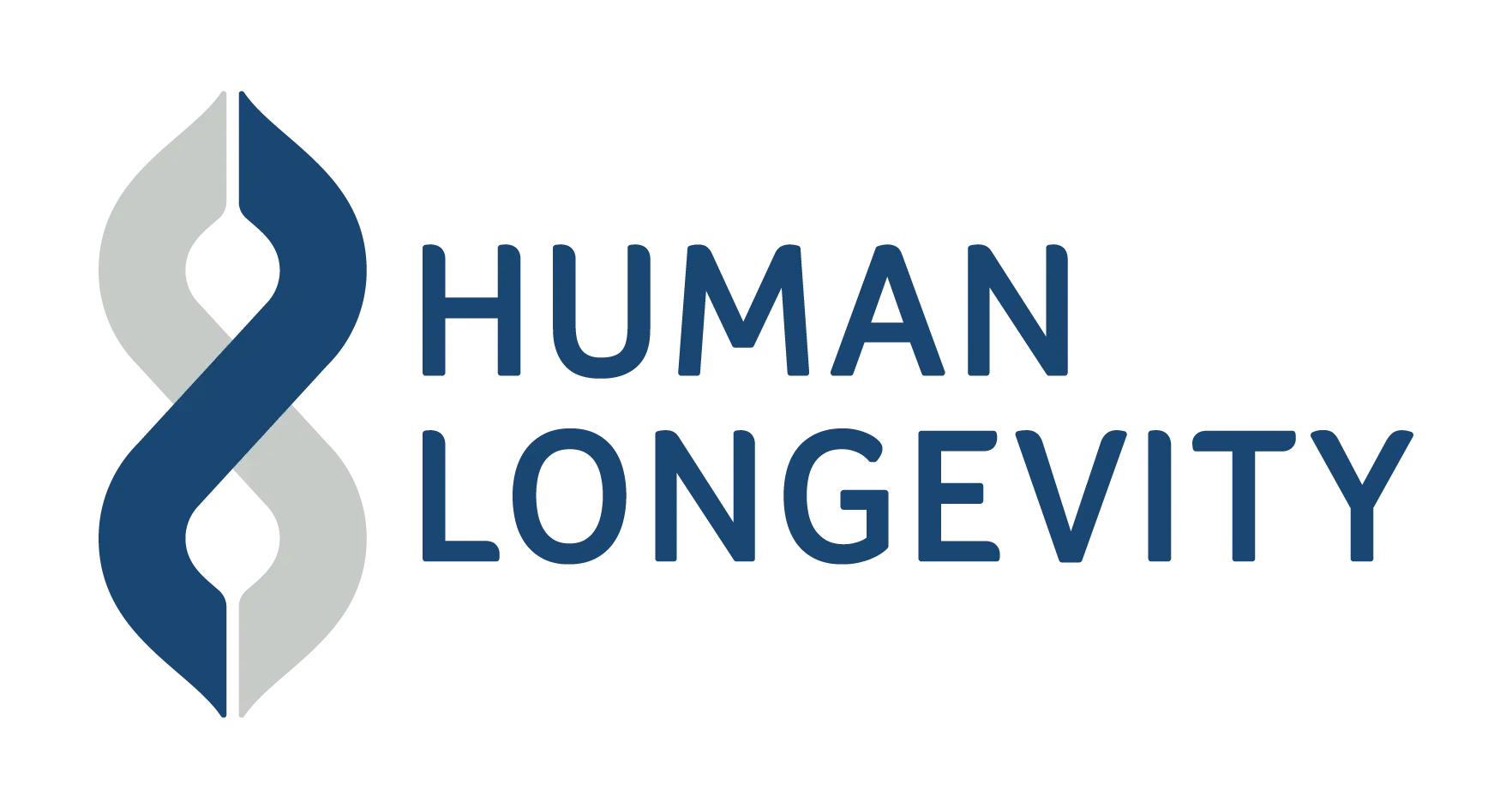Patient Story
He Felt Healthy And In Good Condition But His Annual Exam Revealed a Tumor

Key Takeaways:
- At Human Longevity, you’ll experience how advanced preventative medicine can detect hidden health risks early through cutting-edge diagnostics like whole-genome sequencing and full-body MRIs.
- Your journey will show you the life-saving power of proactive health management—identifying serious conditions you may not even know you have and addressing them before they become worse.
- By making targeted changes to your diet and exercise, you’ll see incredible improvements in your health, proving that you have the power to take control of your longevity.
What good is wealth if we don’t have our health to enjoy it?
That was the question on my mind last August when I traveled to La Jolla, California, to visit a company called Human Longevity. From my perspective, it’s the future of health care.

My research into the longevity movement led me to Human Longevity, San Diego. What an amazing discovery. From my perspective, Human Longevity is the future of health care. There is no place on earth like it, and it is a lens on the future… not only for our health but for the future of the industry. It functions on the bleeding edge of preventive medicine. It’s the opposite of what our health care system is today. It doesn’t treat our symptoms… it finds them before we have them.
This time, my research was a bit different. Rather than a company or technology being the focus of my attention, the subject was me. I flew to San Diego to put myself through the tests and diagnostics so that I could deeply understand what the future looks like. I was the one being poked and prodded this time. And my crazy idea to do so may very well have saved my life.
I first learned about Human Longevity back in 2014. That’s when I noticed an investment made by genetic sequencing giant Illumina into a company called Human Longevity. The mission of Human Longevity was seemingly straightforward: to evaluate the human condition from head to toe (our phenotype) and compare that to a whole genome sequence – an analysis of all 3.2 billion base pairs of our human DNA. By doing so, it is possible to map our genetic structure to our current or future conditions.
Why is this so invaluable? It empowers us to understand our current and future risk for disease, what kind of medications we will respond well to, and even medications that would have adverse effects on us due to our genetic structure. Knowing these things in advance can be lifesaving. It also empowers us to make adjustments in our lifestyles to avoid a certain “fate” that we otherwise would have been faced with down the road. The mission of Human Longevity and Human Longevity was so compelling to me that I actually visited back in 2015 to research the facility. Knowing what I know now, I regret having not put myself through the Human Longevity 100+ program at that time. Over the last five years, there always seemed to be a scheduling conflict, another business trip, too many balls in the air, and so on to just lock in a date to visit. The experience is incredible, but I’ll be the first to admit it is not for everyone.
The Testing
Blood… lots of blood
I wasn’t even sure if I would have enough left to make it through the day.
That’s how my day at Human Longevity started. After a fast from the evening before, the first thing that the team needs to do is capture your blood. It is a great way to get a snapshot of what our system looks like on any given day. But this isn’t the kind of blood test that our family doctor orders to check in on our cholesterol. It’s a completely different approach. Rather than looking for a specific marker that might explain a symptom or checking if we To me, these numbers are remarkable. And they perfectly have influenza A or B (or COVID-19, for that matter), the team at Human Longevity looks for anything that may reveal something is wrong or even a bit off kilter. More than 40 different blood biomarkers are tested for things like kidney and liver function, insulin sensitivity, glucose levels, a detailed cholesterol panel, biomarkers for inflammation, hormones, vitamins, nutrients, heavy metals, prostate-specific antigen (PSA) values, lipids, and more. The analysis even looked at more than 900 metabolites, which is what is left over after the body has metabolized food – that’s one of the reasons why we fast before the blood is drawn. When the results came back, I had nine detailed pages of analysis. And yes, I needed some help to interpret all of the data.
The Scan
What came next was one of the highlights of my visit, something that I had genuinely been excited about… a full- body magnetic resonance imaging (MRI) scan. This isn’t something that we would typically ever do. After all, if we are having terrible shoulder pain and can’t lift our arm above our head, the orthopedist orders a shoulder- specific MRI. The doctor will just focus on where the symptom is presenting. At Human Longevity, the goal is to take a very detailed whole- body view to see if anything is of concern. And when I say detailed, I mean it. The typical MRI that most of us experience uses a 1.5 Tesla (1.5 T) machine. A Tesla is the unit of measurement for the strength of the magnetic field of the MRI scanner. But the full-body MRI scan at Human Longevity uses a 3 Tesla scanner. As we can easily discern, the 3 T scanner is twice the strength of the 1.5 T scanner. As a result, it produces incredibly clear images of our bodies.
Worth mentioning is that the MRI scanners are completely safe. In that regard, the 3 T machine is no different than the 1.5 T machine. But the real value comes from the ridiculous level of detail in the images after the MRI scan has been performed. The full-body scan typically takes about 90 minutes – and sometimes more for those who need a break between scans. I definitely benefited from stretching my legs a couple of times during the process.
The imaging starts with an extremely detailed scan of the brain. The resolution enabled the MRI to map out the brain’s blood vessels. The scan is capable of finding an aneurysm as small as 3 millimeters in diameter. My wife was convinced that they would find something wrong up there… but I proved her wrong and received a glowing readout on my brain scan. Ha! After the brain, the process is repeated for the cardiovascular system. I’m not kidding when I say that the machine takes the equivalent of a high-definition video of the four chambers of the heart. After the scan has been completed, we can literally see our heart functioning. And, of course, the physicians can determine with remarkable accuracy how well our cardiovascular system is functioning.
Ultimately, the MRI produces a full-body analysis of our body composition. It can “see” how much muscle and fat we are carrying. We can understand with specificity how much subcutaneous fat (the fat visible under our skin) we have. And even more valuable is how much visceral fat we are “hiding” inside. The visceral fat is the fat that surrounds our vital organs. We may not be able to see it, but it is the more dangerous of the two. Too much visceral fat is associated with cardiovascular disease, stroke, diabetes, and inflammation, all of which dramatically weaken our immune systems and even make us susceptible to an airborne virus like COVID-19.
I’d like to mention that my visit to this facility has made clear the investment opportunity in the precision medicine space. Investment trends like genetic sequencing and genetic editing are on the rise. For investors who haven’t taken a position, now is the time.

